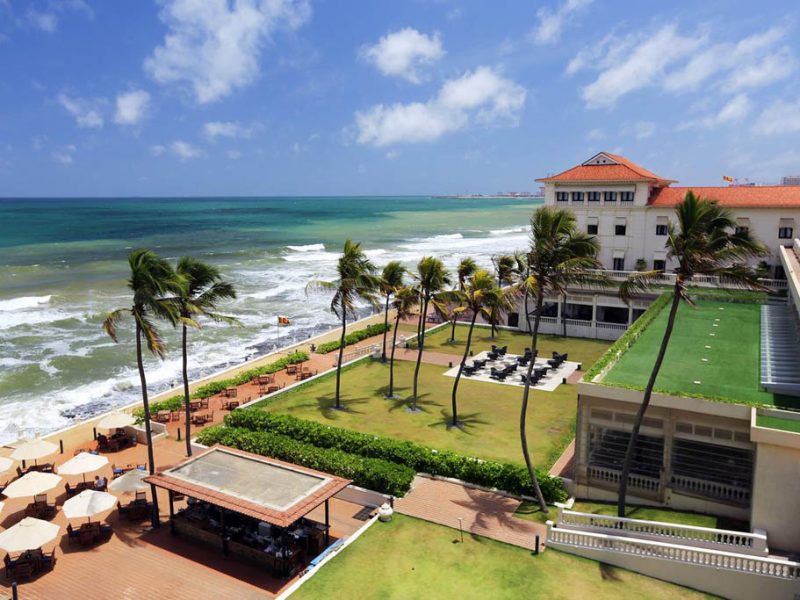Galle Face Hotel
Sri Lanka’s iconic landmark, The Galle Face Hotel, is situated in the heart of Colombo, along the seafront and facing the famous Galle Face Green. One of the oldest hotels east of the Suez, The Galle Face Hotel embraces its rich history and legendary traditions, utilising them to create engaging, immersive experiences that resonate with old and new generations of travellers alike. No visit to Sri Lanka is complete without staying at this majestic hotel, built in 1864 and recently restored back to its former glory. The Hotel started out as a Dutch villa called Galle Face House that had been a meeting place for gentlemen of the colonial era. That was until four British entrepreneurs decided to use it to start a business, unaware that, by the late 19th century, it would be known as the best hotel East of Suez.
For generations, our guests have come back time after time, seduced by the nostalgic charm of the rooms in our hotel. Distinctive comforts with subtle embellishments make your stay at The Galle Face Hotel an experience to look forward to.
The Galle Face Hotel takes pleasure in presenting some of Colombo’s finest cuisine in unique locations throughout the colonial gem.
Whether elegant afternoon teas at The Verandah or an innovative modern menu at the 1864. A specially mixed Pimms cup on the Chequerboard or a spectacular Cuban experience at King of the Mambo, the Galle Face Hotel dining experiences are legendary and a ‘must do’ whilst in Colombo.


